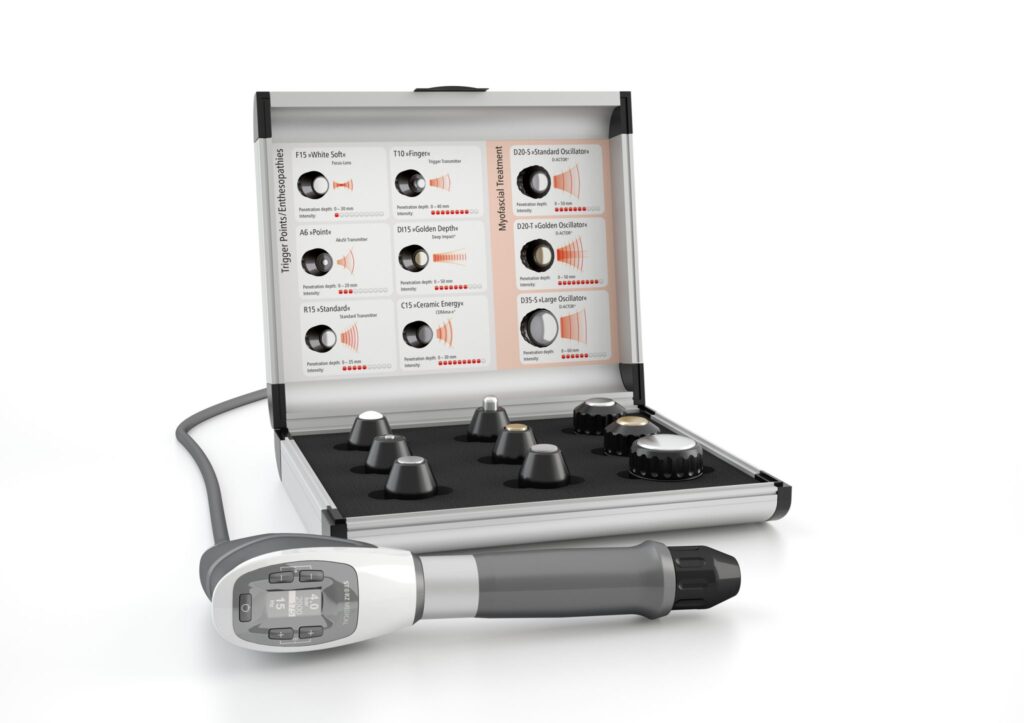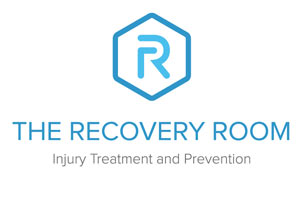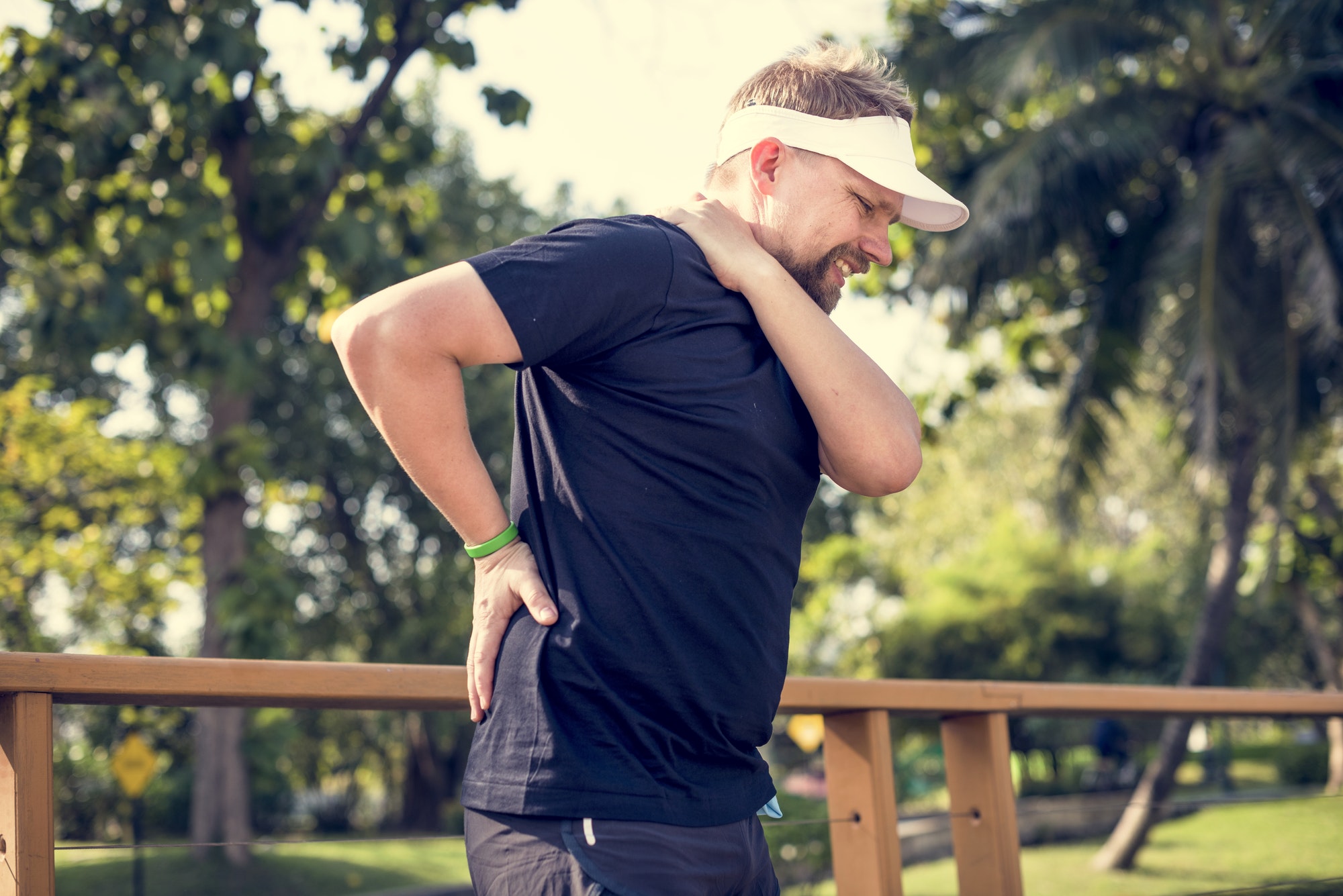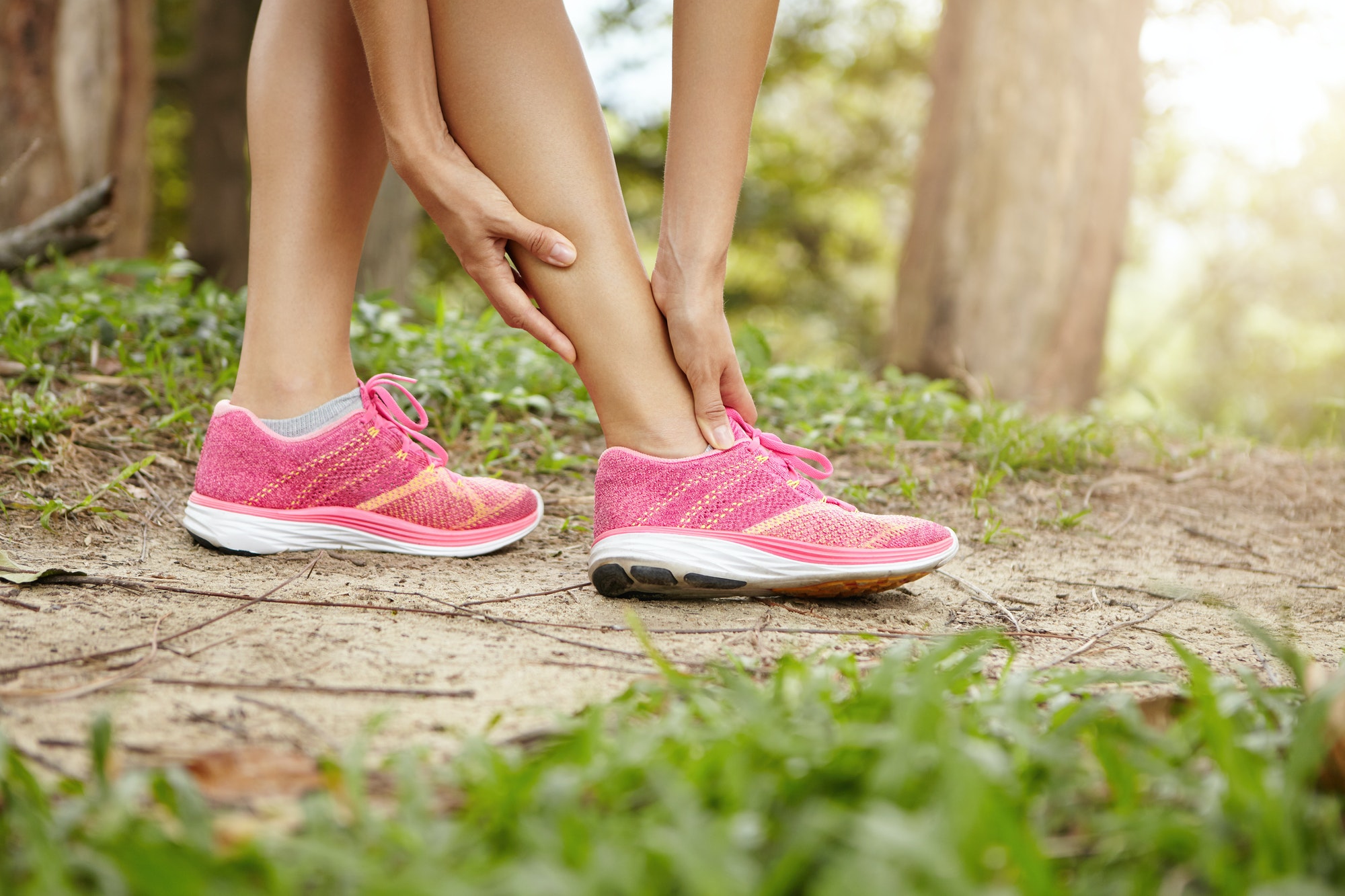Shockwave Therapy Treatment for Runners
Shockwave therapy has emerged as an effective, non-invasive treatment option for runners who struggle with tendon pain. Its popularity can be from the the pain relief often reported in the first three sessions. We’ll explore everything runners need to know about shockwave therapy, from the science behind it to the practical details of undergoing treatment.
What is Shockwave Therapy?
Shockwave therapy is a form of treatment that uses high-intensity sound waves to enhance the body’s natural healing processes. It is non-invasive,
This therapy is particularly beneficial for tendon problems common among runners, such as Achilles tendinopathy or plantar fasciitis.
How Does Shockwave Therapy Work?
The therapy works by delivering shockwaves to the affected area, which induces micro-trauma, stimulating a controlled acute inflammatory process. This, in turn, enhances blood circulation and accelerates the body’s healing capabilities.
The treatment not only helps to kick-start the inflammation process but also promotes the regeneration of damaged tissues, providing relief and recovery to injured runners.
The Shockwave Therapy Treatment Process
During a shockwave therapy session, a clinician applies a gel medium to the treatment area to facilitate the transmission of sound waves.
These high-intensity sound waves are then delivered through a handheld device. While the process may cause some discomfort, it is generally well-tolerated, and the beneficial effects far outweigh temporary soreness, with each session lasting only about 5 minutes.
The Benefits of Shockwave Therapy Treatment
Shockwave therapy boasts a high success rate, up to 80% for Achilles and plantar pain in the first 3-6 sessions. Typically, runners can expect to undergo between 3 to 6 sessions, depending on the severity of their injury. Post-treatment, many report reduced pain and increased function, allowing them to return to running more quickly than with traditional treatment methods.

How Long Does it Take to Work?
While some runners may feel immediate pain relief, the full healing effects of shockwave therapy are typically realised over a period of weeks. The body enters a pro-inflammatory state immediately after treatment, which is a good sign that the healing process is underway. Improvement timelines vary, but most patients experience significant progress within three sessions of starting treatment.
Different Types of Shockwave Treatments
There are two primary types of shockwave therapy: focused and radial. Focused shockwave therapy is used for deep tissue injuries, while radial shockwave therapy is more commonly used for superficial injuries. Each type has different effectiveness levels depending on the injury’s nature, and ceramic handpieces are sometimes used to target specific areas more precisely.
Precautions and Contraindications
Shockwave therapy is safe and is approved by NICE, but it’s not suitable for everyone. Pregnant women, individuals with blood clotting disorders, or those with infections in the target area should avoid this treatment. We will discuss this with you to make sure shockwave therapy is appropriate for you.
Preventative Tips for Runners
To prevent tendon problems and sports injuries, runners should incorporate strength training, ensure proper footwear, and follow a balanced training regimen that includes adequate rest periods. Regular stretching and warm-up exercises are also crucial in maintaining tendon health.
Runner Case Studies
Case studies of runners who have undergone shockwave therapy provide compelling evidence of its efficacy. For instance, a marathon runner with chronic Achilles tendinopathy found relief after just four sessions, allowing a return to training without pain.
Conclusion: Shockwave therapy represents a promising option for runners seeking relief from tendon issues and sports injuries. Its non-invasive nature, combined with a high success rate and minimal downtime, makes it an attractive treatment worth considering for those looking to stay in stride.





